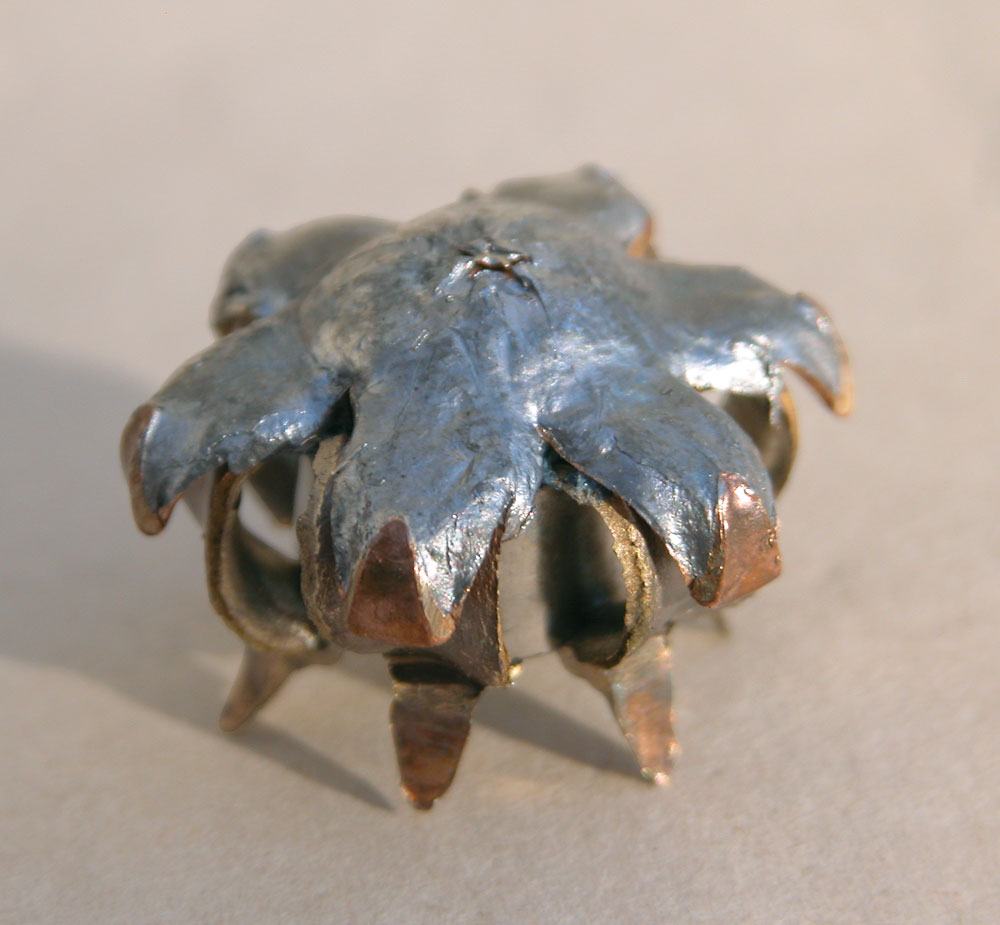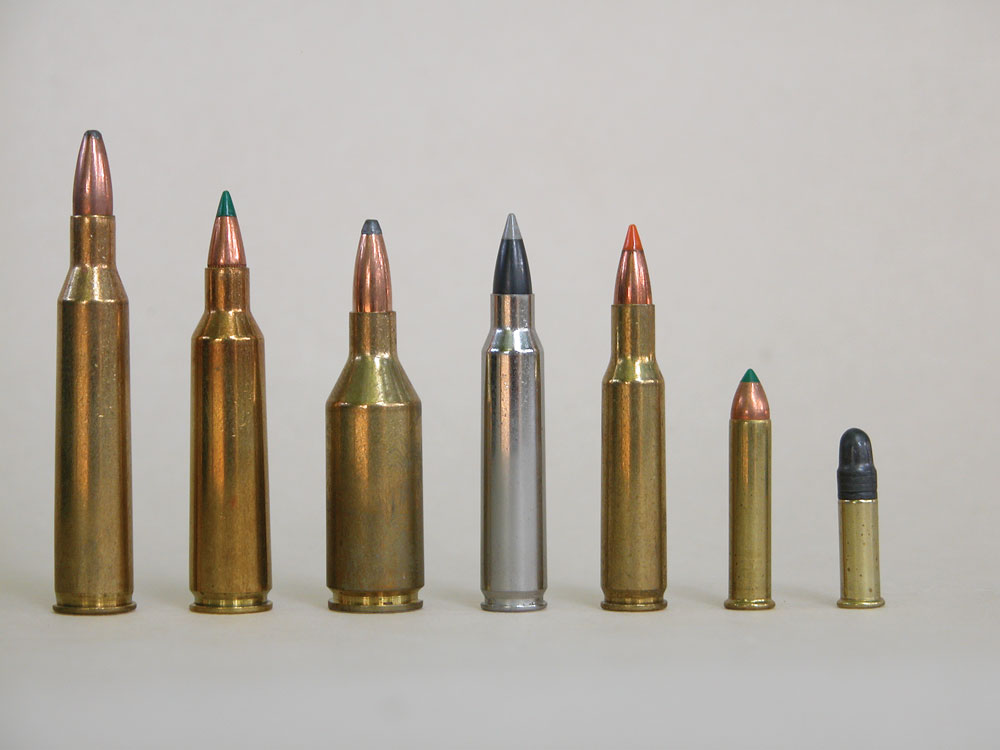

Ask anyone which has more knockdown power — a round that produces 1,000 foot pounds of energy or one that produces 3,000 foot pounds — and they’ll unanimously side with the bigger load. I like to point out that 1,000 foot pounds, given the appropriate construction of the bullet or slug, will knock down any animal immediately if it strikes the right spot, while the 3,000 pounder that misses the critical spot will not. While energy is a factor in what is called knockdown power, location of the hit and construction of the bullet/slug are far more important.
LAWS OF PHYSICS
How about if I told you that the whole idea of knockdown power related to kinetic energy is something that is impossible to achieve with a shoulder-fired shotgun or rifle?
Can we agree that Sir Isaac Newton knew a thing or two about physics? Well, his fabled musings that “for every action there is an opposite and equal reaction” implies that any load that is capable of blowing a deer off its feet will do the same thing to the shooter. The difference is that since guns are heavier than bullets, we experience the forces in different ways, but Newton’s Third Law nevertheless applies.
Of the nearly 200 head of big game animals I’ve taken over the last four-plus decades with centerfire and muzzleloading rifles, shotguns and handguns, maybe 10 percent dropped on the spot. In each case it was due to a structural breakdown (neck, head or spine hit) or a hit that disrupted a vital function. None occurred from sheer energy transfer — it simply doesn’t happen.
Knockdown power is evident when you punch a hole somewhere important with a structurally sound projectile. It is the mechanical stress of the projectile crushing/cutting essential tissue and bone that causes the immediate collapse. In other words, a deer falls over when something causes its brain or muscles to quit holding it up. Short-circuiting the central nervous system or a skeletal breakdown is the most immediate.
CONSIDER VELOCITY
I’ve heard of knockdown power being touted for everything from the .204 Ruger (I’m not making this up) to .220 Swift to the expected magnums and 600-grain shotgun slugs. All such claims are taken with an entire shaker of salt. But it can be argued that velocity has a bigger effect on knockdown power than kinetic energy. A suitably constructed, high-velocity projectile causes hydrostatic shock—the shock wave that runs through the body’s liquid mass, short-circuiting vital systems.
A sturdy, high-velocity projectile, again, causes cavitations, or the destruction of residual tissue surrounding the actual wound channel. Ballisticians feel that the projectile must be moving more than 2,000 fps in order to induce hydrostatic shock. Note that hydrostatic shock and cavitations both result in the immediate disruption of vital functions or structural damage.

ENERGY DOES COUNT
All this is not to say that kinetic energy has no role in knockdown power. It does.
An expanding bullet pushed at sufficient velocity will do this more effectively than one with less energy. But simply citing kinetic energy (derived from velocity and mass) ignores the abilities of the bullet. It must accelerate negatively — ballistic jargon for expanding radically while simultaneously slowing due to friction with tissue it is passing through.
It also ignores the ability of the bullet to fragment and cause multiple wound channels. These abilities are crucial characteristics of modern bullets and slugs and their ability to cause stress on tissue. The construction of the bullet and its placement are far more critical to knockdown power than energy.
KNOCKDOWN VS. KILLING POWER
Understand that the concepts of knockdown power and killing power are not identical. Energy is a far more important indicator of killing power than it is knockdown power. Cartridges that do not develop adequate energy are not likely to place very high on any rational killing power list.
Commercially, kinetic energy is the most commonly used measure of a load’s killing power. It is the figure listed, along with velocity, in practically all ballistic tables. It can be computed quite easily and is essentially the product of a bullet’s mass times its velocity squared.
Energy, the ability to do work (or damage in the case of a bullet or slug) is certainly an important component of killing power. It’s obvious that a bullet carrying more energy when it hits the target has the potential to do more damage than a bullet carrying less energy. Energy, after all, is what powers such important functions as penetration, bullet expansion and tissue destruction.

But energy is a rough estimate of killing power only so long as you are comparing two reasonably similar calibers and bullets in terms of sectional density.
Compare a 200-grain bullet fired from a .35 Remington rifle to the same bullet fired from a .350 Remington Magnum and you’ll find that the magnum’s bullet carries more energy to the target – and has been proven to have more killing power. By the same token, compare a 130-grain .270 Remington Core-Lokt bullet with a 150-grain Core-Lokt in .30-06. You’ll find that the .270 carries about 2,225 foot-pounds of energy at 100 yards and the .30-06 about 2,281.
The two bullets are similar in performance and energy and are essentially identical in killing power. Decades of use on big game have proven this.
Editor's note: This article originally appeared in the January 27, 2014 edition of Gun Digest the Magazine.

Next Step: Get your FREE Printable Target Pack
Enhance your shooting precision with our 62 MOA Targets, perfect for rifles and handguns. Crafted in collaboration with Storm Tactical for accuracy and versatility.
Subscribe to the Gun Digest email newsletter and get your downloadable target pack sent straight to your inbox. Stay updated with the latest firearms info in the industry.

![Best Concealed Carry Guns In 2025 [Field Tested] Wilson Combat EDC X9S 1](https://gundigest.com/wp-content/uploads/Wilson-Combat-EDC-X9S-1-324x160.jpg)


![Best 9mm Carbine: Affordable PCCs [Tested] Ruger Carbine Shooting](https://gundigest.com/wp-content/uploads/Ruger-Carbine-Shooting-100x70.jpg)
![Best AR-15: Top Options Available Today [Field Tested] Harrington and Richardson PSA XM177E2 feature](https://gundigest.com/wp-content/uploads/Harrington-and-Richardson-PSA-XM177E2-feature-100x70.jpg)

You start by saying that bullet construction and shot placement are more important than impact energy, but then conclude that impact energy is what equalizes different cartridges in terms of killing power? Which is it? I think your conclusion is correct, not your introduction. I can shoot a deer in the tail with a .50 cal BMG, and kill it just as good as a .22LR to the brain because impact energy is what really kills, and without it, you better be a dam good shot. This fact also guides the laws restricting caliber size when hunting bigger game.